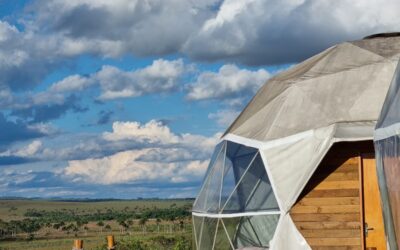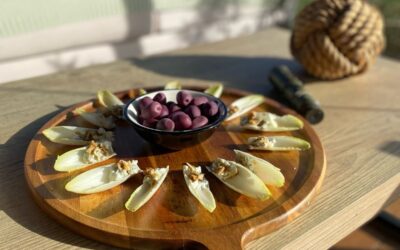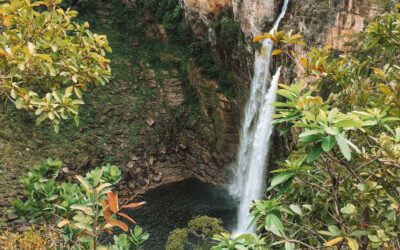The Brazilian Cerrado comprises a large part of the national territory and, in addition, is home to numerous species that are essential to nature. With an immense biodiversity, such as plants, plants, animals and living beings, it surely has extraordinary resources that are fundamental for human survival. Learn more about Cerrado plants and their medicinal properties here.
Discover the Cerrado plants and their medicinal properties
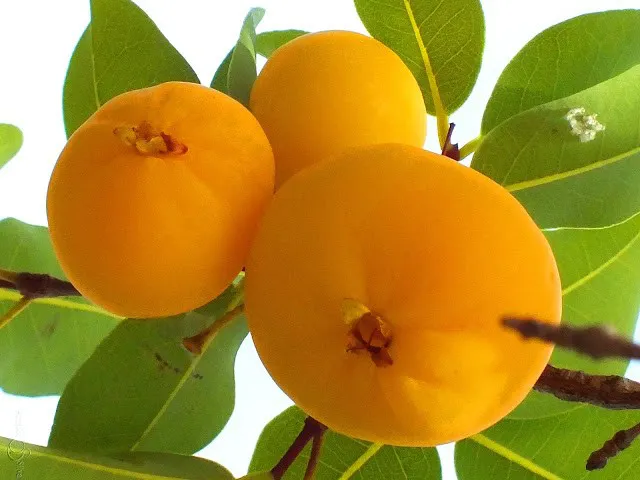
Cajuzinho-do-cerrado and its medicinal properties
Cajuzinho-do-cerrado is a very tasty fruit, similar to cashew. Consumed in the form of juices, jams and jellies, it is rich in sources of vitamins B1, B2, iron, phosphorus, proteins, lipids and niacin. It is also possible to ferment the plant and enjoy it as a brandy. In addition, it is possible to consume chestnuts, which are known as almonds. Its leaves and stem bark are used for medicinal purposes. Chestnut oil has antiseptic and healing action. In the peduncle of the cajuzinho-do-cerrado, there are sources of vitamin C, fiber and antioxidants. Therefore, rich properties in the prevention of chronic-degenerative diseases, such as cardiovascular diseases, cancer and diabetes.
Pequi
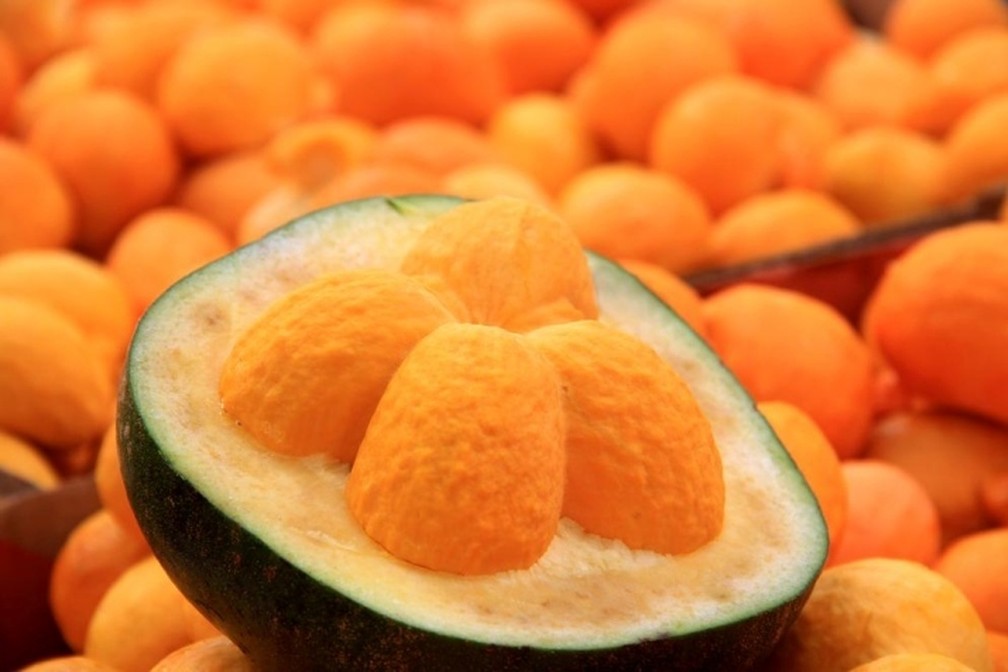
Pequi is a fruit that lives in cerradões and forests in the middle of the Brazilian cerrado, well known in the state of Goiás and Minas Gerais. In addition to being part of the gastronomic culture, it has medicinal properties. The fruit has a green skin and a yellowish color inside, and an edible part that covers the core. However, it needs care during consumption, as it has thorns all over the pit.
Rich in vitamins A and C, Pequi also has antioxidant properties essential to the human body. These vitamins mainly help with the immune system. In addition, the fruit is also rich in fatty acids as well as beneficial fats. Therefore, these properties provide immeasurable benefits to heart health.
Cagaita
Cagaita is a typical fruit from the Brazilian Cerrado, very traditional in the states of Goiás, Minas Gerais and Bahia. Its fruit is very tasty, so it makes juices, jellies, sweets, ice creams and liqueurs. Its tree can reach up to 20 meters in height. In addition to the flavor and variety of consumption, the fruit contains several medicinal properties.
Cagaita is also useful in civil construction. Since it has sturdy wood and appropriate size. In addition, your tree has unique beauty in the flowering period. Usually mid-August to September. The fruits of this plant have essential health properties. Like b-complex vitamins, vitamin c and niacin. In addition to proteins and carbohydrates. Its leaves have components that provide well-being, relieving belly pain. Therefore, a rich fruit for health.
Mangaba
Mangaba has indigenous origins and is located in large regions of the cerrado, mainly in Jalapão, in the state of Tocantins. Its fruiting takes place throughout the year, however it is more intense between August and November. Mangaba, in addition to being tasty, is rich in vitamins such as A, B1, B2 and C and also contains proteins and calcium.
The fruit can yield good juices, sweets, ice creams, liqueurs and jellies and is also very commercialized by ice cream industries in the Midwest. In addition to becoming a much appreciated product, it is one of the main sources of income in the communities of Jalapão.
Guacatonga
Guaçatonga is a typical plant from the Brazilian cerrado with medicinal properties. In addition, it has a height between 4 and 6 meters, so the tree provides good shade. Between the months of June and July, the flowering period of the guaçatonga takes place.
Also known as tea-de-bugre, its leaves and bark have anti-rheumatic and anti-inflammatory properties. In addition, it can be used as an oral antiseptic, in the treatment of canker sores, herpes and stomatitis. Surely a powerful natural remedy that helps in the treatment of diseases.
Arnica
Arnica is one of the Cerrado plants with amazing medicinal properties. Found in rocky and dry regions of the Cerrado, it can reach up to 3 meters in height and its aroma is unmistakable. However, it can harm the germination of other plants around it, as it contaminates the soil with its toxic properties.
In addition to being widely used in folk medicine, it is highly appreciated by the industry, mainly for its anti-inflammatory, analgesic, and healing effects. Therefore, Arnica is widely used in ointments, creams, and its leaves are used with alcohol as a preserve.
Copaiba
Copaíba is a plant with incredible medicinal properties, well known in the Cerrado and appreciated in the Amazon. Widely used in treatments in indigenous communities, some say that the plant is even miraculous. Very resistant, the tree can reach more than 35 meters in height. The amazing Copaiba oil can be extracted from its trunk, which has anti-inflammatory, diuretic, expectorant, stimulant and much more properties. In addition, it is used in the treatment of flu, sore throat, bronchitis, ulcer and much more.
Almécega
Almécega is a cerrado plant with medicinal, anti-inflammatory, expectorant, analgesic, and even stimulant properties. In addition to its therapeutic properties, it is a showy and unmistakable tree, as it has flowers, fruits and a unique aroma. It is a great ally in the treatment of bronchitis, coughs, headaches, and even to ward off stress. It can also be used as an anti-mosquito repellent. Not to mention that it is useful in religious culture with its aromatic incense from the plant.




